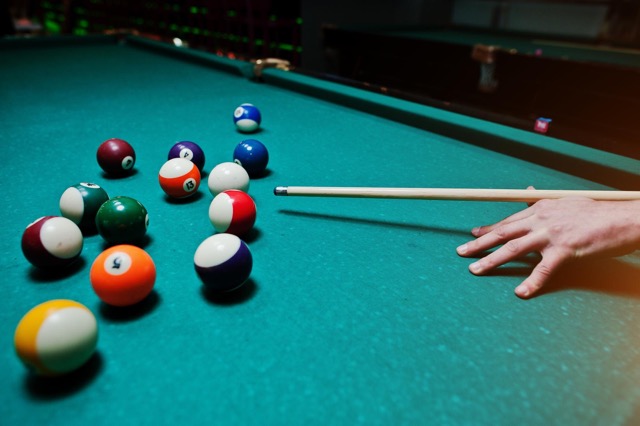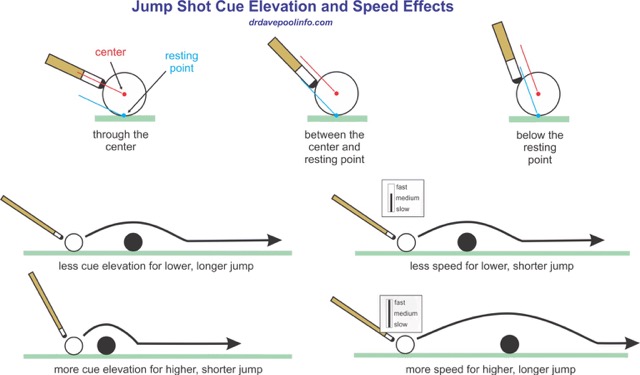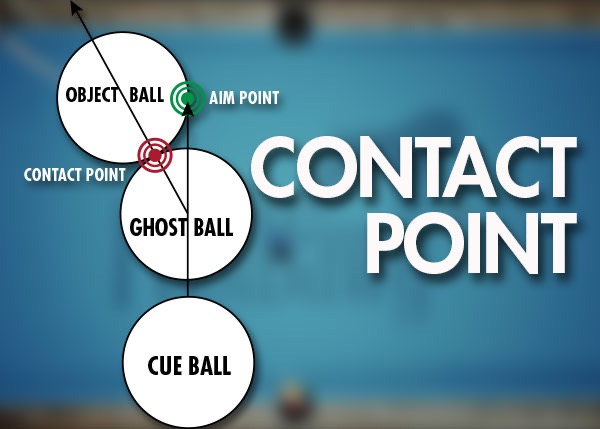Key Billiards Bounce Techniques (Expert Shared)
Key Takeaways
- Understanding the billiards bounce and how to control the cue ball’s bounce gives you the ability to jump over obstacles and stay offensive during tough shots.
- Successful jump shots rely on a sharp, fast stroke and a precise contact point, slightly above center, rather than brute strength or scooping.
- Medium, short, and long jumps each require slight adjustments in angle, stance, and cue technique for the best results.

Billiards Bounce
Ready to upgrade your game? Find your perfect cue today at Pearson Cues — precision starts here!
What is a Billiards Bounce?
When we talk about “billiards bounce,” we’re really describing the way a pool ball can lift slightly off the surface of the table. Most of the time, you want the cue ball to stay flat and roll smoothly. But sometimes you actually want the cue ball to bounce—specifically to jump over another ball that’s blocking your shot.
In pool, knowing how to control that bounce on purpose opens up all kinds of new possibilities. Instead of taking a risky bank shot or playing a weak safety, you can jump the cue ball with confidence and keep your offensive game strong.

Understand the billiards bounce. Source: Dr Dave Billiards
Why Would You Want to Jump a Pool Ball?
There are plenty of situations when learning how to jump a pool ball is useful. Maybe your opponent left you hooked—that is, the ball you need to hit is hidden behind another ball. Or perhaps you want to escape a tough defensive spot with a bold shot.
In these cases, being able to jump the cue ball gives you a serious advantage. It’s not about showing off; it’s about keeping control of the game when the table gets complicated.
How to Jump a Cue Ball: Step-by-Step
Jumping the cue ball might look intimidating, but it’s totally doable once you understand the steps and practice carefully. Here’s a simple, beginner-friendly guide:
1. Get a Jump Cue (or Adjust Your Regular Cue)
First things first: the cue you use matters. Serious players often use a special jump cue, which is shorter and lighter than a regular playing cue. If you don’t have one, you can still jump using your standard cue, but it requires more effort.
A jump cue gives you better control and makes it easier to achieve the right kind of billiards bounce for a clean jump.
2. Contact Point: Slightly Above Center
To get a proper billiards bounce, strike the cue ball slightly above its center. You don’t need to hit low on the ball; that would create spin, not lift. Even if your cue ball is close to a rail, you can still jump it cleanly by contacting just above center.
Remember: avoid scooping under the ball. A legitimate jump is made by hitting down on the ball, not lifting it up illegally.

Contact point in pool. Source: PoolDawg.com
3. Use a Short, Fast Punching Stroke
Jumping the cue ball isn’t about swinging hard. Instead, use a short, quick, and controlled “punch” stroke. Think of Bruce Lee’s one-inch punch—it generates a lot of force in a very small motion. A compact stroke gives the cue ball the quick lift it needs without sending it wildly flying.
Whether you use a standard grip or a dart stroke (holding the cue like a dart), the key is speed and precision, not brute strength.
4. Choose the Right Jump Shot Grip
There are two main grips for a jump shot:
- Standard Grip: Open bridge with a strong, stable hand. Hold the cue normally but at a more vertical angle.
- Dart Style: Grip the cue between your fingers like throwing a dart. This style excels for close, delicate jumps where precision is critical.
For players with smaller hands or awkward table positions, a “floating dart” style is also an option, using your hip to support your arm and add extra stability.
5. Adjust Your Stance
Stability is key. Keep a wide stance with your back foot slightly behind for balance. Stay relaxed but firm, any shakiness makes it harder to deliver a clean, downward punch.

Adjust your stance. Source: Pearson Cues
Read more: 6 Expert Tips To Set Up Your Perfect Pool Stance
6. Understand Different Jump Distances
Not all jump shots are created equal. Depending on the situation, you’ll need different techniques:
- Medium Jumps: The most common and easiest. Cue ball a few inches from the blocker. Use a standard grip, a roughly 45° cue angle, and a short, fast stroke.
- Short Jumps: Cue ball very close to the blocker. Use a dart stroke, a steeper angle (more vertical), and a very sharp, compact punch.
- Long Jumps: More distance between the cue ball and the blocker. Lower your cue angle slightly (around 30–40°) and use a bit more push to ensure the ball travels the extra distance.
7. Special Long Jump Situations
If the jump distance gets really long, consider switching from a jump cue to a break cue. A break cue (with a harder tip and ferrule) helps control long jumps because it offers more accuracy and less “wild” bounce.
When using a break cue, aim a bit fuller at the object ball—since the cue ball will still be bouncing when it lands, a fuller hit compensates for the unusual contact point.
Common Mistakes to Avoid In Billiards Bounce
Even with good technique, these errors can ruin your jump shots:
- Scooping the ball: Hitting under the cue ball instead of down on it. Scooping is illegal in official play and causes wild, uncontrollable jumps. Always strike slightly downward to create the proper bounce.
- Using too much force: Beginners often think they must slam the cue ball, but too much power makes the ball bounce unpredictably, often off the table, giving your opponent ball-in-hand. A short, sharp, controlled stroke is far more effective.
- Poor bridge: A wobbly or weak bridge hand will shift during your stroke, making accurate jumps nearly impossible. Whether you use an open bridge or a dart grip, keep your support hand stable and fingers locked.
- Wrong contact point: Hitting too low produces backspin instead of lift; hitting too high risks a miscue. For a clean jump, always aim just above center on the cue ball—a small margin, but crucial for success.
To avoid this:
- Practice on open tables first—no obstacles.
- Jump over small objects (chalk, coins) to get the feel for height and bounce.
- Gradually introduce real balls as blockers.
- Always aim to land close to your target ball.
- Focus on stroke sharpness, not length.

Dave Pearson
Dave Pearson, the world's leading pool entertainer, is renowned globally as the ultimate exhibition player.
Boasting 20 world records endorsed by the prestigious Guinness Book of World Records, Dave established a legendary history in the sport industry.
